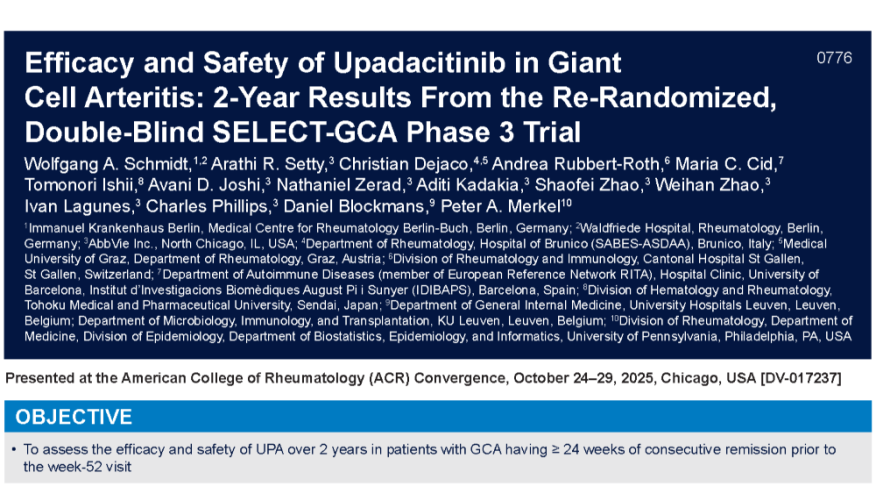Time to Risk Stratify Methotrexate Lab Monitoring? Save

A longitudinal cohort analysis has developed a prognostic model that informs a risk stratified approach to monitoring blood tests during long term methotrexate (MTX) therapy.
Most recommendations suggest initial blood testing be performed every two to four weeks to monitor patients for full blood count, liver function, and urea electrolytes and creatinine, followed thereafter by tests every three months. Yet there is little evidence to support such and approach.
Using retrospective data derived from electronic health records within the UK’s Clinical Practice Research Datalink (CPRD), adults prescribed MTX for an immune mediated inflammatory disease between 2007-2019 were included. The main outcome measure was an abnormal monitoring blood test result that lead to MTX discontinuation.
The exercise used separate development and validation cohorts, with 13 110 (854 events) and 23 999 (1486 events) participants were each, respectively. There were 11 candidate predictors (17 parameters). The median MTX dose in both cohorts was 15 mg/week.
In the development cohort there were 854 outcomes (MTX discontinuations) 6.5% of patients, at a rate of 24.9 per 1000 person years. Of these, 41% were due to cytopenia, 34% raised liver enzyme levels, and 24% due to worsening renal function. The prognostic model performed well in predicting outcomes regardless of age, IMID diagnosis or MTX dose.
Predictors of MTX discontinuation were diabetes (HR 1.25), chronic kidney disease stage 3 (HR 2.01), and either cytopenia or raised liver enzyme levels during the first six months of MTX (HR 2.97). Most patients had a low risk of MTX discontinuation.
The authors suggest it may be reasonable to offer relatively low risk patients (eg, <10% over five years, representing 68% of the validation cohort) lab monitoring every 6 or 12 months; whereas those with moderate risk (eg, 10-20% over five years, representing 21% of the validation cohort) might continue with the current testing every 3 months; and those with high risk (eg, >20% over five years, representing 10.7% of the validation cohort) may require more frequent testing.
A prognostic model was developed and validated that uses patient comorbidities and clinical variables to risk stratify the frequency of monitoring blood test during long term MTX treatment.











If you are a health practitioner, you may Login/Register to comment.
Due to the nature of these comment forums, only health practitioners are allowed to comment at this time.